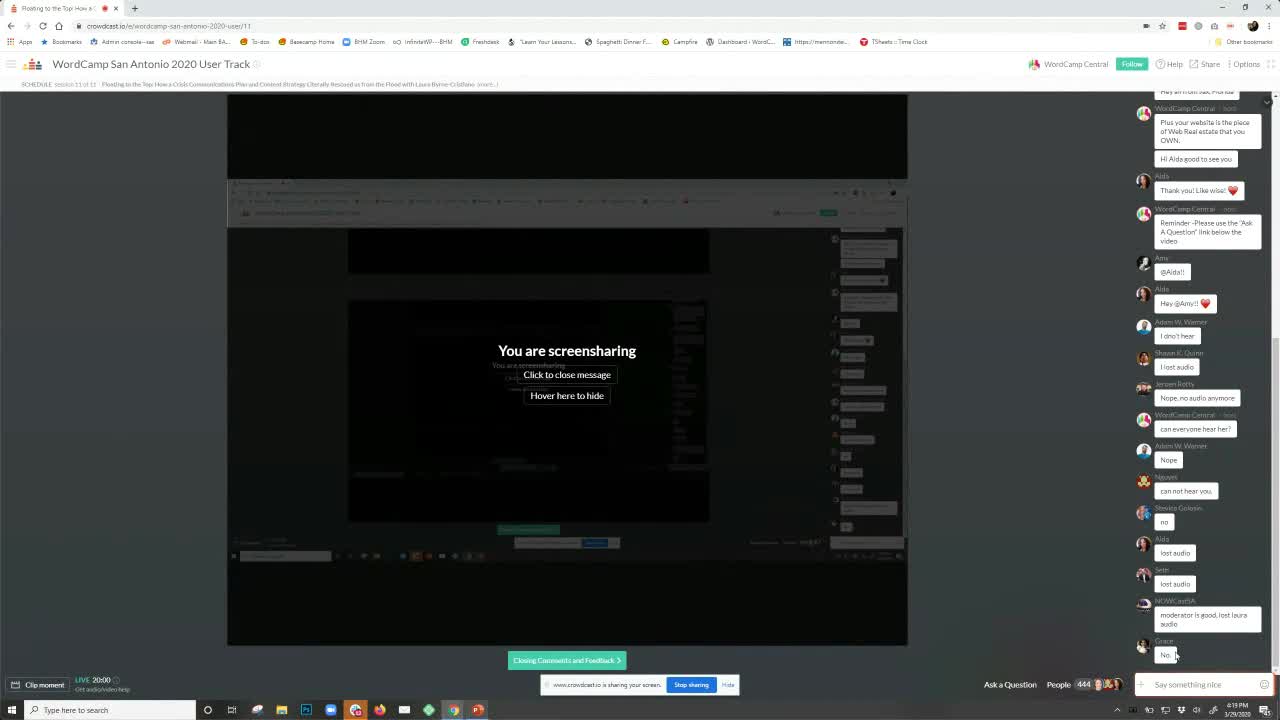Jason Bahl: WPGraphQL – Interacting with WordPress Data in a new way- Comment
Category : IT Workshop
Views : 415
Post date : 2019-05-16 18:07
Information about this video
In this talk, we will look at what WordPress looks like as an Application Data Graph and how WPGraphQL enables a GraphQL API for WordPress and allows us to interact with the WordPress graph via GraphQL queries and mutations.
In previous talks, (WordCamp US 2017, WordCamp for Publishers 2017, WordCamp Orange County 2017) I’ve talked a lot about the history of WordPress APIs and how GraphQL compares to them and helps solve some problems of using other APIs.
This talk will focus less on the history of why WPGraphQL came to be and how it compares with other existing WP APIs, and focus more on how to use WPGraphQL, how to extend WPGraphQL to work for your site.
We’ll start by looking at basic usage of WPGraphQL: querying posts, pages, terms, etc. Then we’ll explore some features of the query language such as variables, aliases, and field arguments.
Then we’ll look at Mutations (creating, updating and deleting data) and we’ll discuss how WPGraphQL handles Authentication and Authorization, and other features like fragments.
Throughout the talk we’ll look at the internals of WPGraphQL and how it goes from a request to the WordPress server to resolving data back to the client, and how it makes use of core WordPress technology to efficiently resolve data.
In previous talks, (WordCamp US 2017, WordCamp for Publishers 2017, WordCamp Orange County 2017) I’ve talked a lot about the history of WordPress APIs and how GraphQL compares to them and helps solve some problems of using other APIs.
This talk will focus less on the history of why WPGraphQL came to be and how it compares with other existing WP APIs, and focus more on how to use WPGraphQL, how to extend WPGraphQL to work for your site.
We’ll start by looking at basic usage of WPGraphQL: querying posts, pages, terms, etc. Then we’ll explore some features of the query language such as variables, aliases, and field arguments.
Then we’ll look at Mutations (creating, updating and deleting data) and we’ll discuss how WPGraphQL handles Authentication and Authorization, and other features like fragments.
Throughout the talk we’ll look at the internals of WPGraphQL and how it goes from a request to the WordPress server to resolving data back to the client, and how it makes use of core WordPress technology to efficiently resolve data.
Other Videos Posted by moviegoer
Other Videos in IT Workshop Category
- Laura Byrne-Cristiano: Floating to the Top – How a Crisis Communications Plan and Content Strategy Literally Rescued Us

New Comment




























